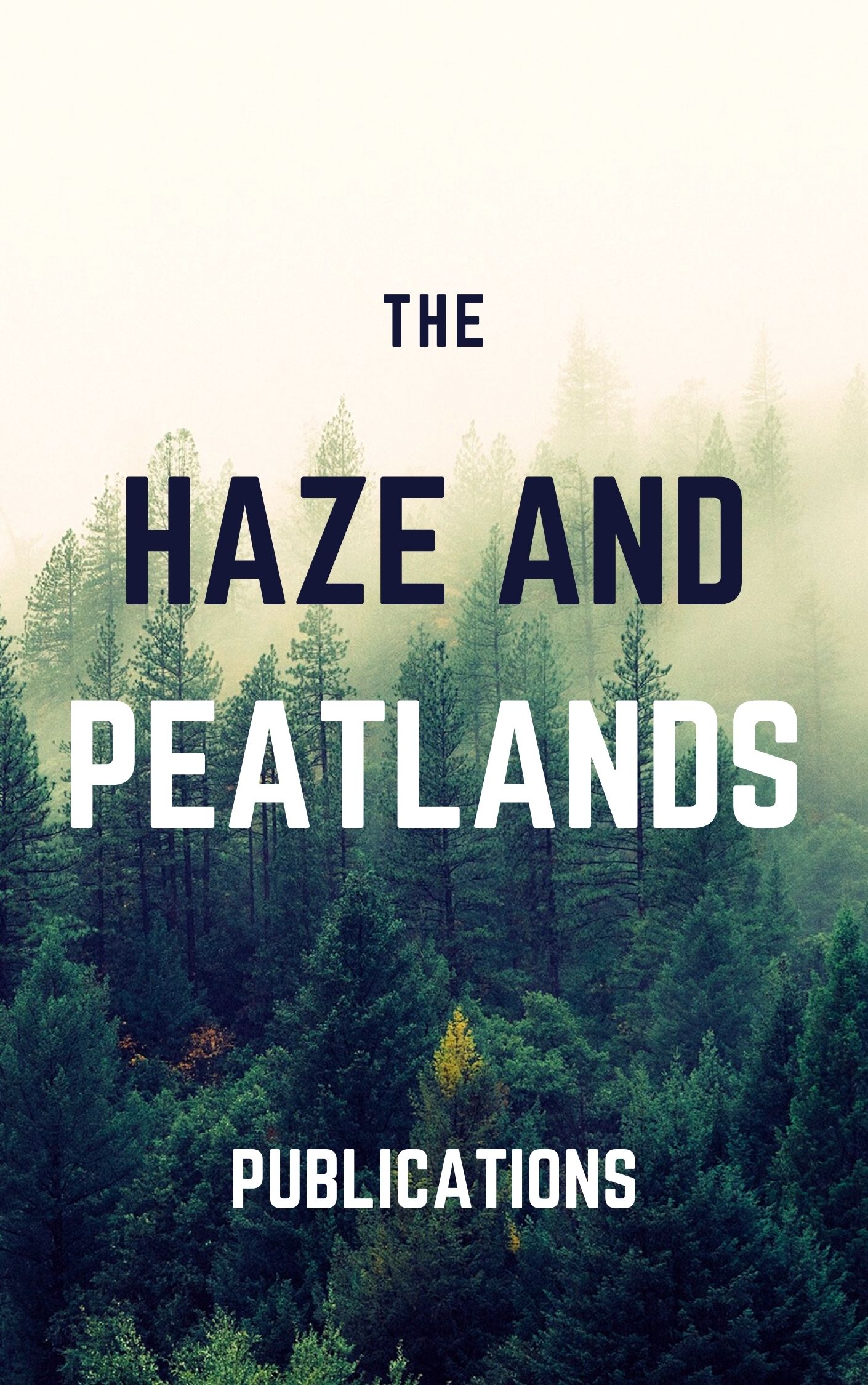Arsenic contamination in groundwater affects tens of millions of people worldwide and is regarded as a major groundwater issue in New Zealand. This study was conducted to evaluate the connection between elevated groundwater arsenic concentrations and inferred redox state of aquifers across the Canterbury region. In total, 2,428 samples from 1,172 wells were analysed for arsenic concentrations, and groundwater redox state was inferred using geochemical indicators for each well. Most groundwater (~88% of wells; N = 1,031) had arsenic concentrations below laboratory detection limits, ~9.5% (N = 111 wells) had detectable arsenic concentrations below the New Zealand drinking-water Maximum Acceptable Value of 0.01 mg/L, and ~2.6% (N = 30 wells) had concentrations exceeding 0.01 mg/L. Arsenic concentrations were strongly associated with reducing groundwater; 47 (~43%) of 109 wells with reducing groundwater had detectable concentrations of arsenic, including 19 wells (~17%) with arsenic greater than 0.01 mg/L. Conversely, 840 wells had water classified as oxic, and only one of those wells exceeded the 0.01 mg/L Maximum Acceptable Value for arsenic in drinking-water. Arsenic concentrations were higher in coastal areas north of Christchurch, where confined aquifers are overlain and underlain by layers of peat and low-permeability sediment. Biogeochemical processes driving release are the same as those that cause arsenic contamination in groundwater elsewhere in the world. However, differences in regional geology and a relatively lesser availability of labile organic carbon appear to constrain the concentrations and spatial prevalence of groundwater arsenic in Canterbury compared to other arsenic-impacted regions (e.g., Southeast Asia).
View source

